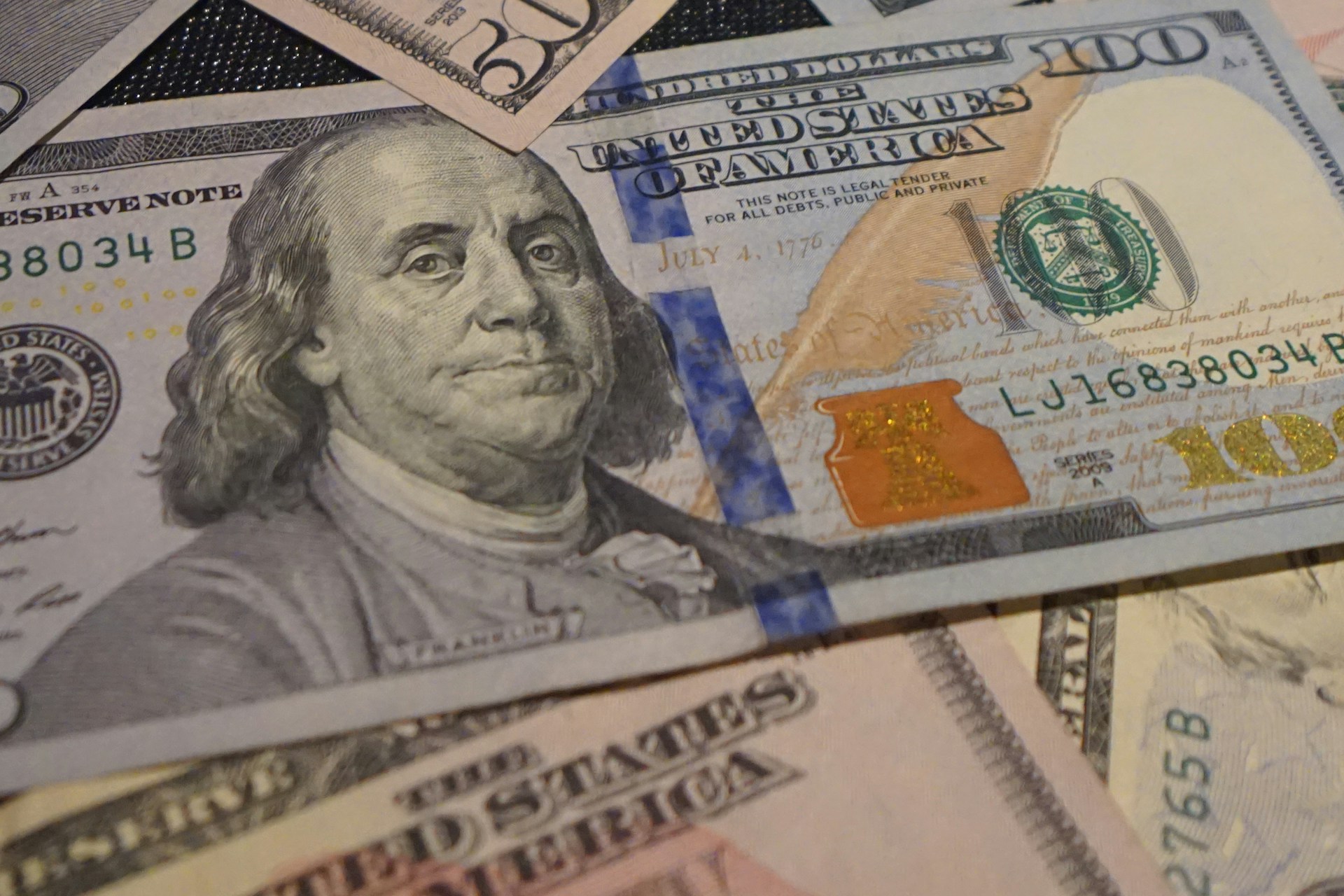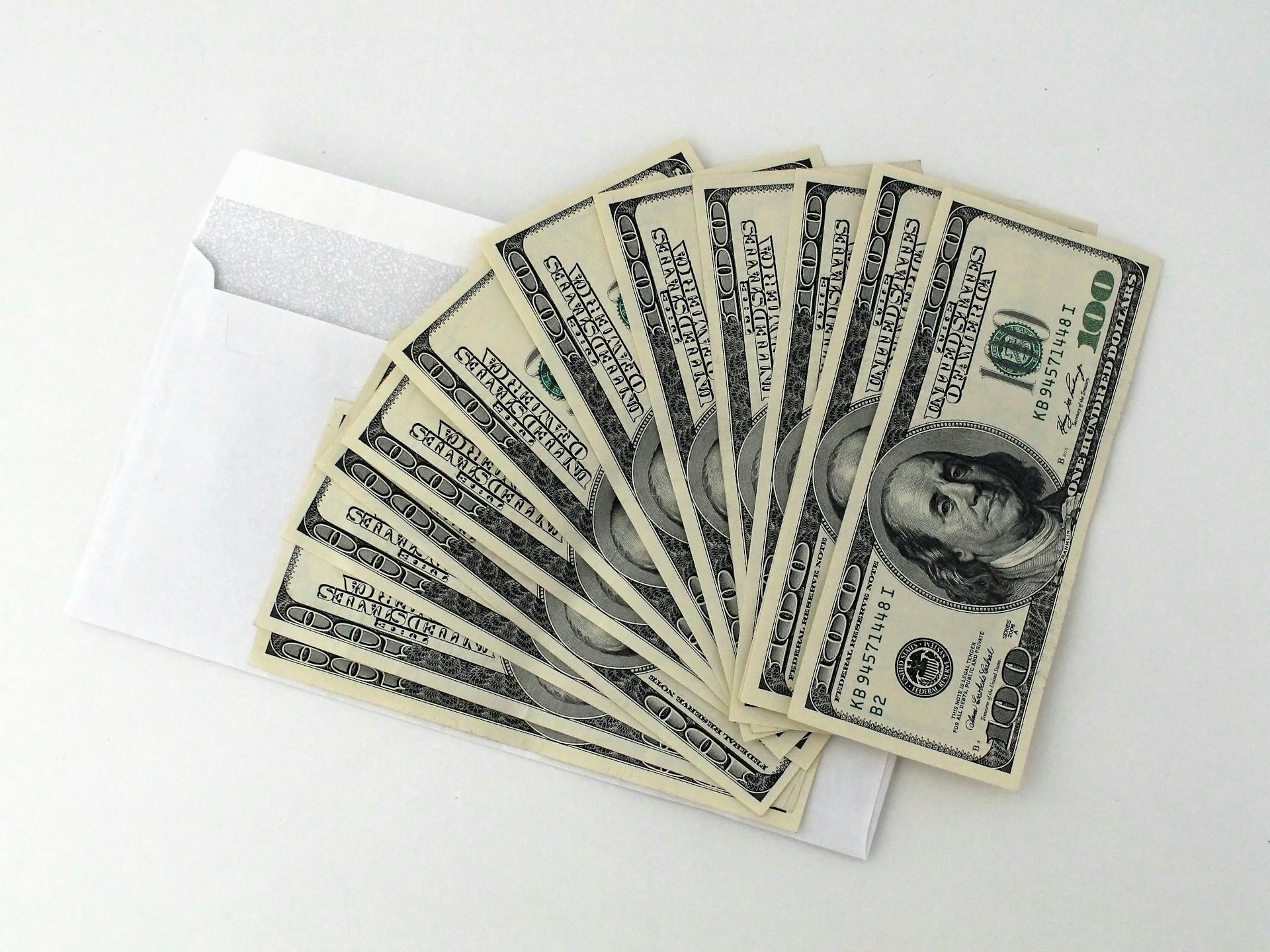Hey there, money-savvy readers! We’re diving into a topic that affects many of us – payday loans. They’ve become a quick fix for financial bumps in the road, but there’s a catch that often goes unnoticed: the interest rates. So, grab your favorite beverage, settle in, and let’s unravel the mystery behind payday loan interest rates.
What Are Payday Loans?
Picture this: your car breaks down unexpectedly, or you face a surprise medical bill, and payday is still a week away. That’s where payday loans swoop in. They’re short-term loans designed to cover unexpected expenses until your next paycheck rolls in. Easy to get and with a speedy approval process, they seem like a financial superhero when you’re in a pinch.
These loans are typically for small amounts and are due on your next payday, hence the name. Now, while they might seem like a lifesaver, it’s crucial to understand the nitty-gritty details, especially when it comes to the often overlooked aspect – the interest rates. Stick around as we break down what makes up these rates and why they matter more than you might think.
The Anatomy of Payday Loan Interest Rates
Alright, let’s cut to the chase and unravel the mystery behind payday loan interest rates. Think of it as peeling back the layers of an onion – not as tear-inducing, but just as revealing.
1. Principal Amount: First up, we’ve got the principal amount. This is the sum you borrow from the lender. It’s like the starting point of your payday loan journey. The amount you take out plays a big role in determining the overall cost, so be sure to only borrow what you absolutely need.
2. Annual Percentage Rate (APR): Now, the big player in the interest rate game is the Annual Percentage Rate, or APR. This includes not just the interest, but also any additional fees and charges the lender might throw into the mix. It’s the total cost of borrowing expressed as a yearly percentage. Keep an eye on this number – it’s your go-to for understanding the true cost of your payday loan.
3. Finance Charges: Enter finance charges – these are the fees the lender tacks on for providing you with the loan. They can include things like service fees and processing charges. Think of it as the cost of doing business with your lender. The higher these charges, the more you’ll end up paying back.
Now, here’s the kicker: these components collectively determine the actual cost of your payday loan. Sometimes, lenders make it tricky by offering a seemingly low-interest rate but compensating with hefty finance charges. It’s like a magic trick you didn’t sign up for. Stay vigilant and read the fine print!
4. The APR vs. Nominal Interest Rates: A quick detour – understanding the difference between APR and nominal interest rates is key. Nominal rates are the simple, straightforward interest rates on the loan amount, while APR gives you the grand total by including all associated fees. When comparing loan offers, always look at the APR for a more accurate picture of what you’ll be shelling out.
Common Types of Payday Loan Interest Rates
Now that we’ve got a handle on the basics, let’s explore the different types of interest rates that payday loans might throw your way. It’s a bit like choosing your adventure, but with financial implications – buckle up!
1. Fixed Interest Rates: First on our list is the steadfast fixed interest rate. Picture it as a reliable sidekick on your financial journey. With a fixed rate, your interest remains constant throughout the loan term. This means predictable payments, making budgeting a bit less like navigating a wild roller coaster. It’s a solid choice if you value stability and want to know exactly what you’ll owe each time.
2. Variable Interest Rates: On the flip side, we have the dynamic variable interest rates. These rates can change, influenced by external factors like market conditions. While they might start low, there’s a catch – they can also climb unexpectedly. If you’re comfortable with a bit of financial uncertainty and potentially saving on interest if rates drop, a variable interest rate might be your ticket.
3. Tiered Interest Rates: Now, imagine interest rates on a staircase – that’s the tiered interest rate system. With this setup, the rate you pay might change based on the amount you borrow. Typically, the larger the loan, the lower the interest rate. It’s like a reward system for borrowing more. While it might seem tempting, always calculate the overall cost to ensure you’re getting a sweet deal on your entire payday loan package.
Pros and Cons Game: Each type of interest rate comes with its own set of pros and cons. Fixed rates offer stability but might be a tad higher initially. Variable rates can be lower but carry the risk of increasing. Tiered rates provide flexibility, but the math can get a bit tricky.
How Payday Loan Interest Is Calculated
Alright, financial wizards in the making, let’s demystify the enchanting world of payday loan interest calculations. It’s not Hogwarts magic, but understanding the numbers is equally empowering!
1. Examples of Interest Rate Calculations: Let’s kick things off with a real-world scenario. Suppose you borrow $500 with a fixed interest rate of 15%. The interest, in this case, would be $75 (500 * 0.15). Simple, right? But hold on – don’t forget the finance charges and any additional fees. These get added into the mix, transforming your payday loan into a slightly more complex math problem.
Now, imagine a variable interest rate of 10%. In the beginning, your interest might be $50, but if market conditions cause the rate to climb to 12%, your interest expense rises to $60. That’s the variable magic at play, and it emphasizes the importance of being aware of potential changes in your repayment journey.
2. Impact of Loan Term on Interest Payments: The duration of your payday loan, commonly known as the loan term, is another critical factor. A shorter loan term means less time for interest to accumulate, potentially lowering the overall cost. However, it also means higher individual payments. On the flip side, a longer term might offer lower monthly payments but could result in higher total interest paid. It’s a bit of a financial balancing act – finding the sweet spot that aligns with your budget and goals.3. The Compounding Effect: Ah, the compounding effect – the unsung hero (or villain) of interest calculations. This sneaky mechanism causes interest to accrue not just on the principal amount but also on the accumulated interest. The longer it takes to repay your payday loan, the more pronounced this effect becomes. It’s like interest building interest – compounding your financial challenge.




